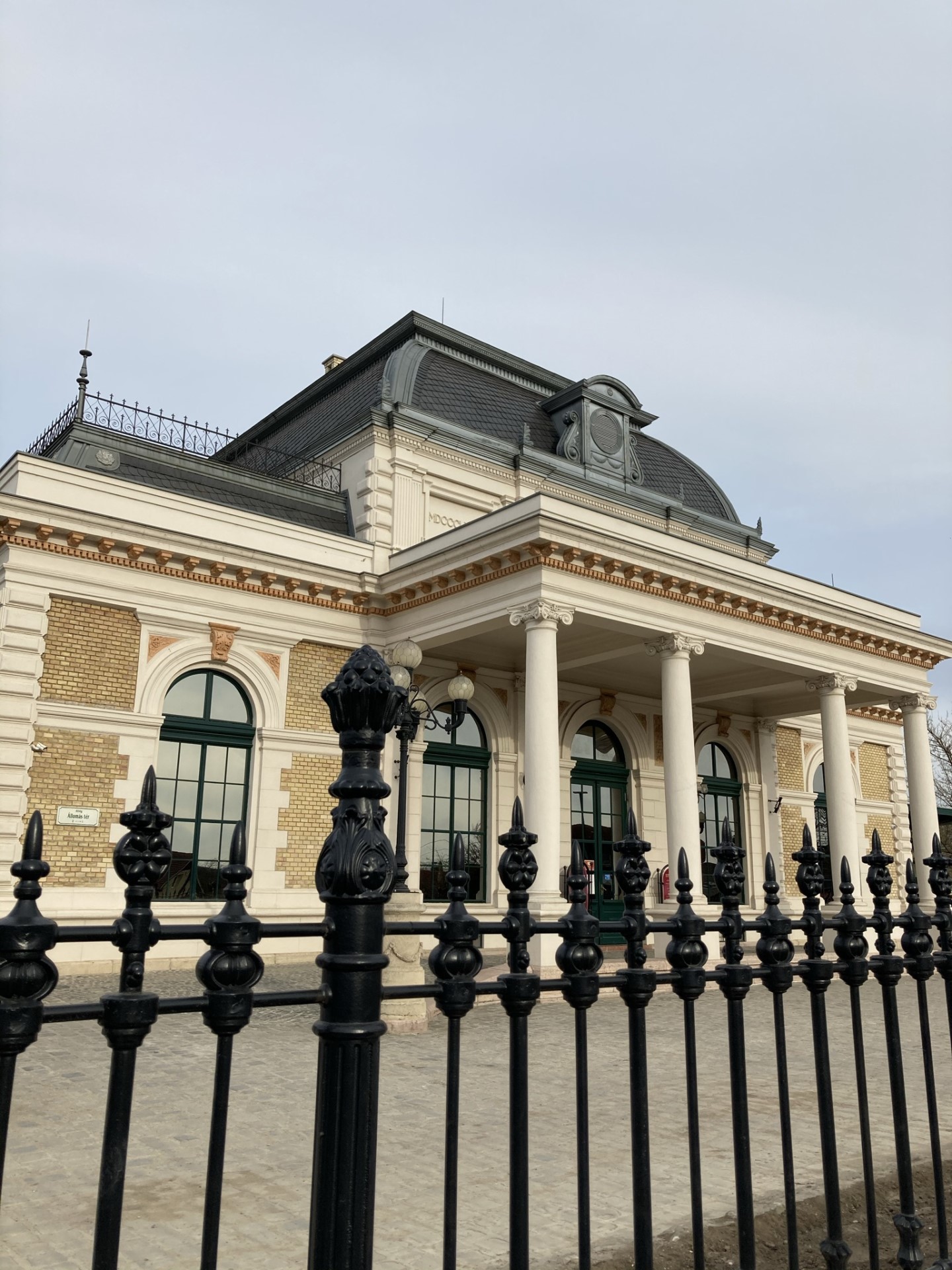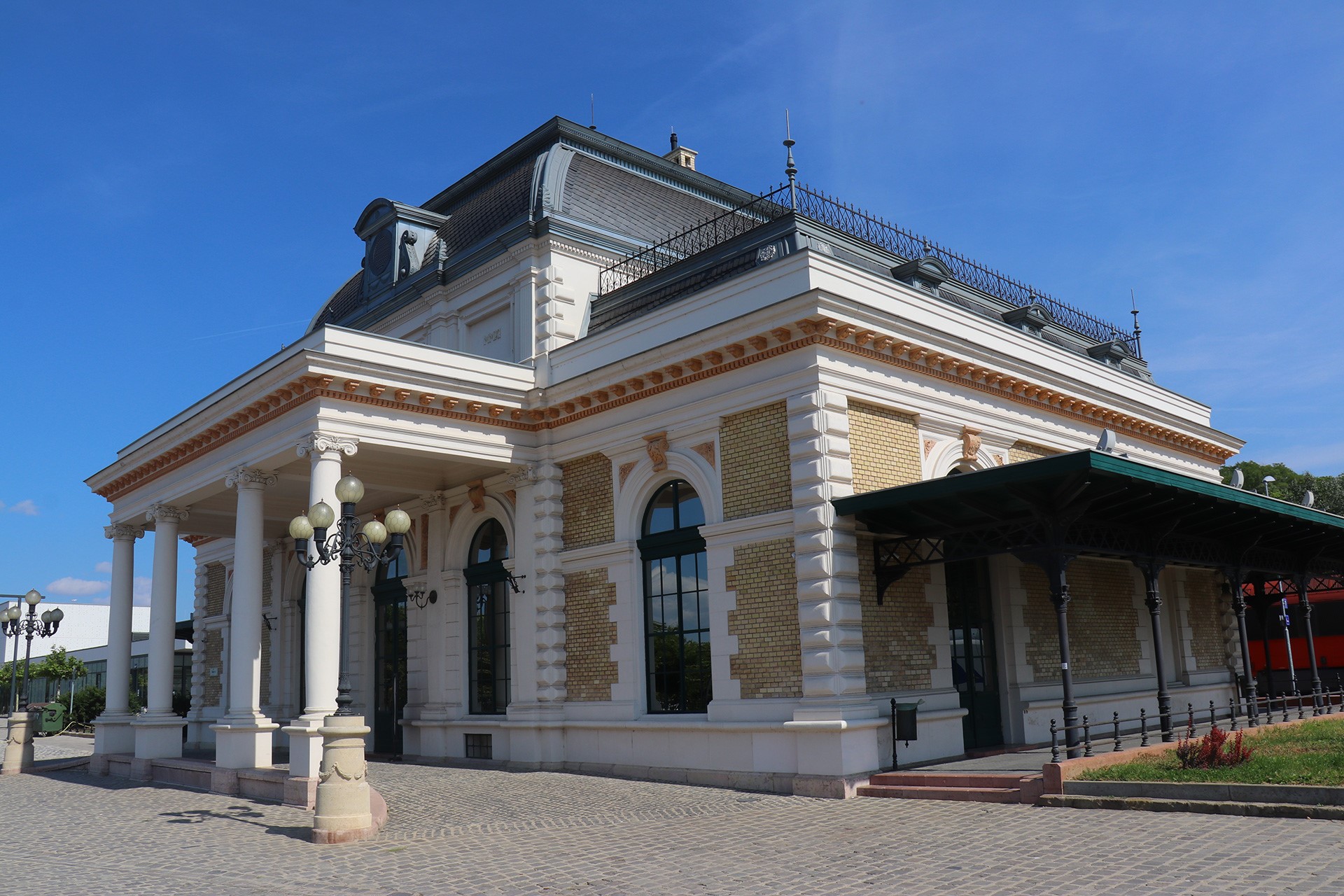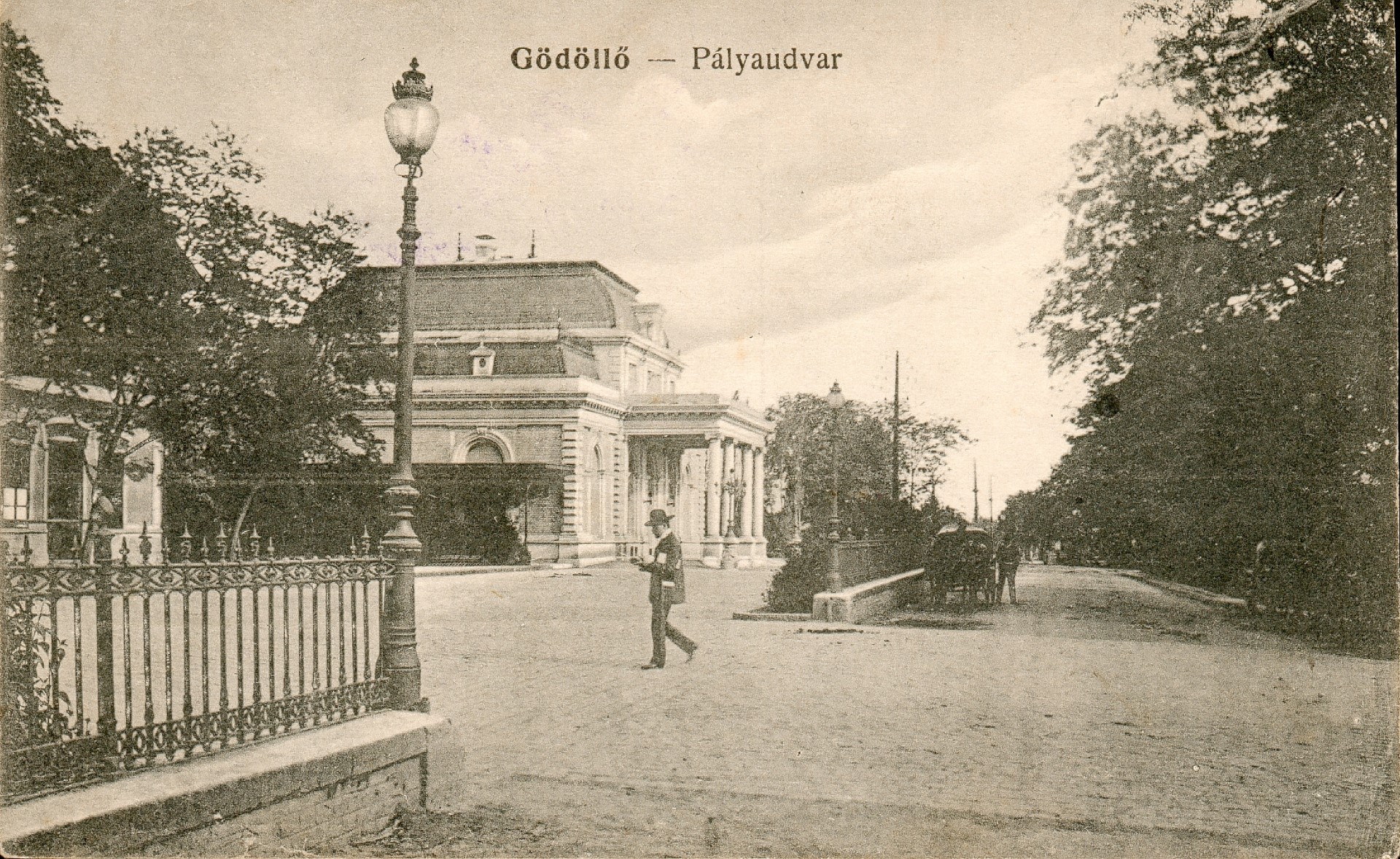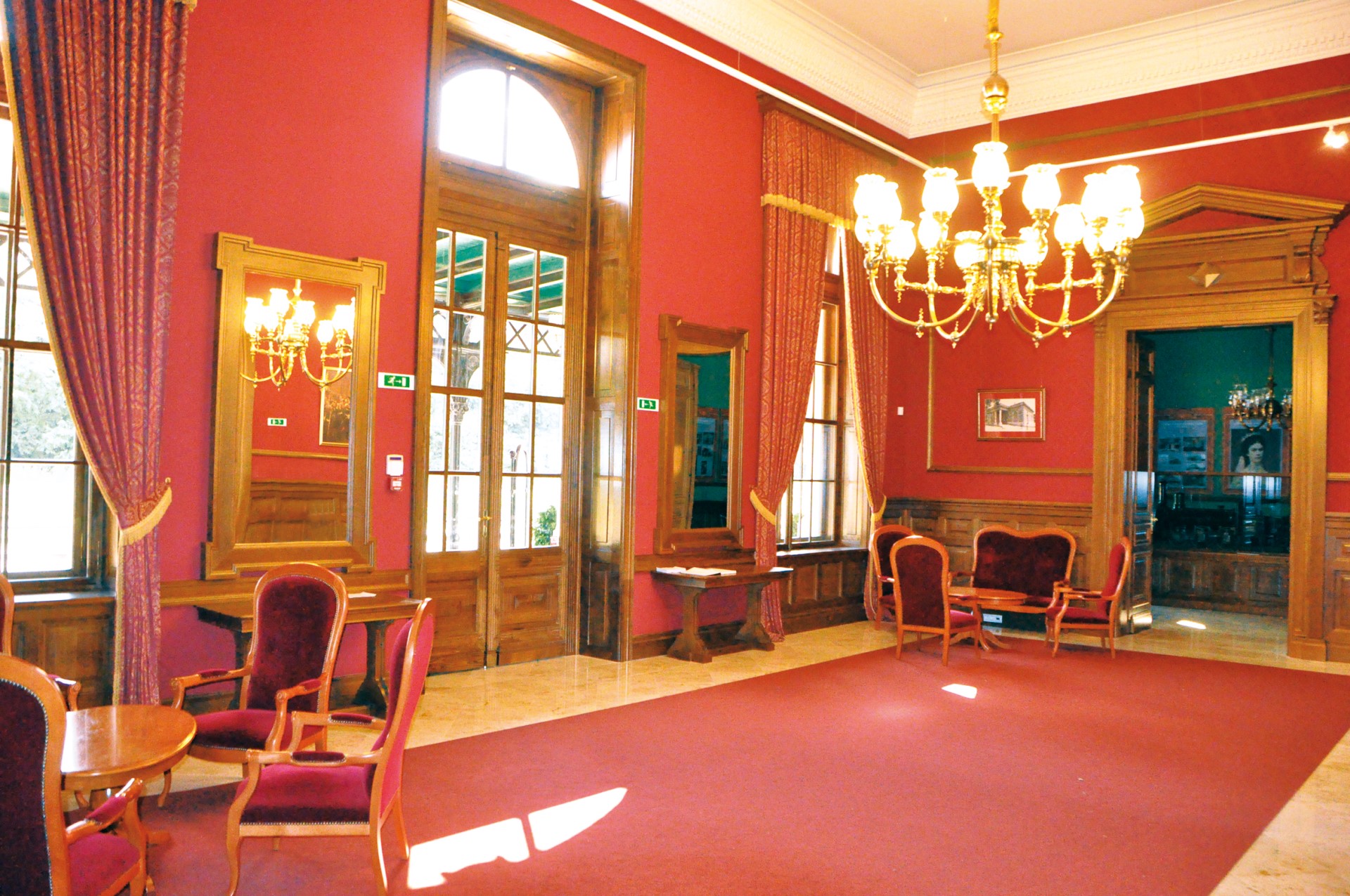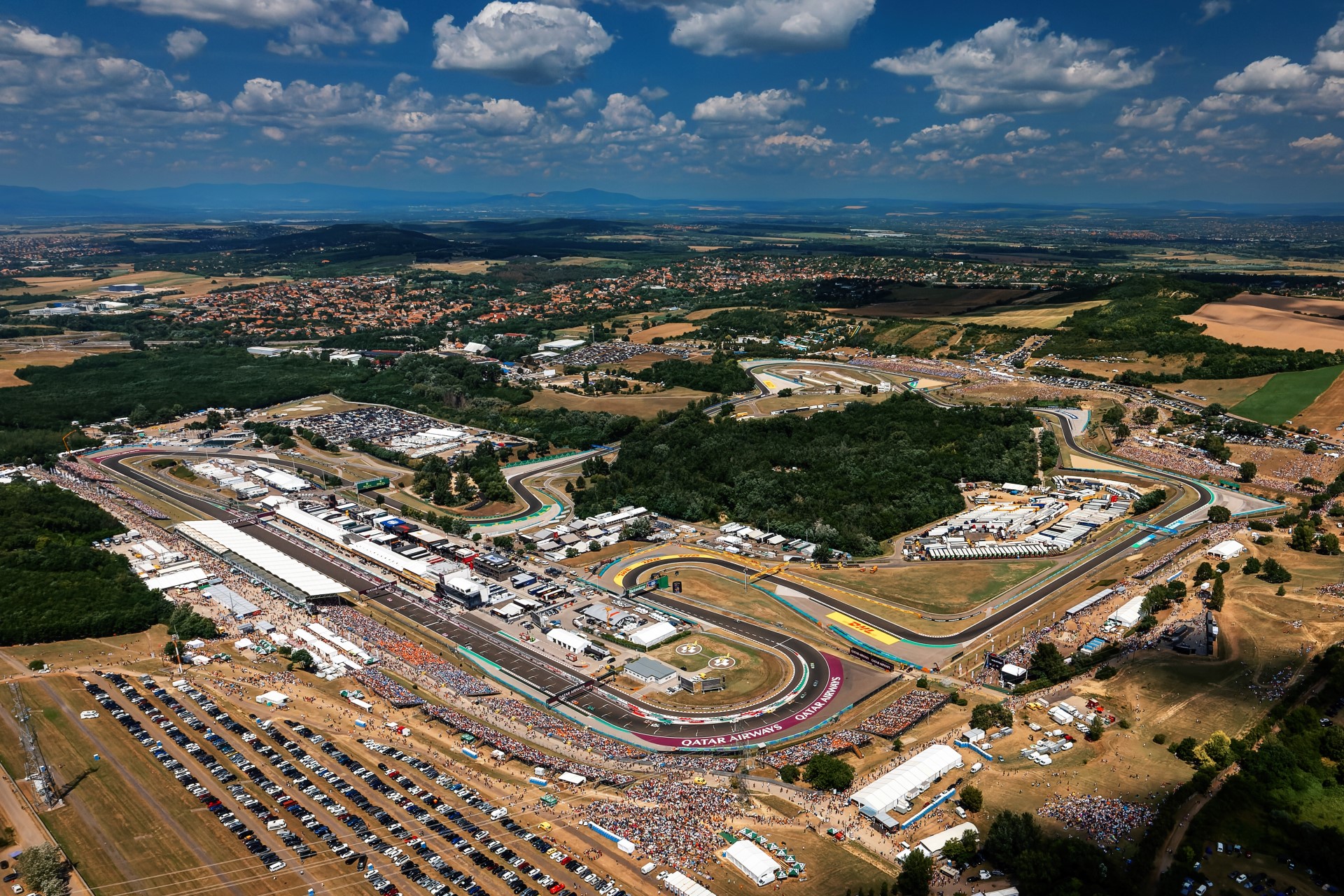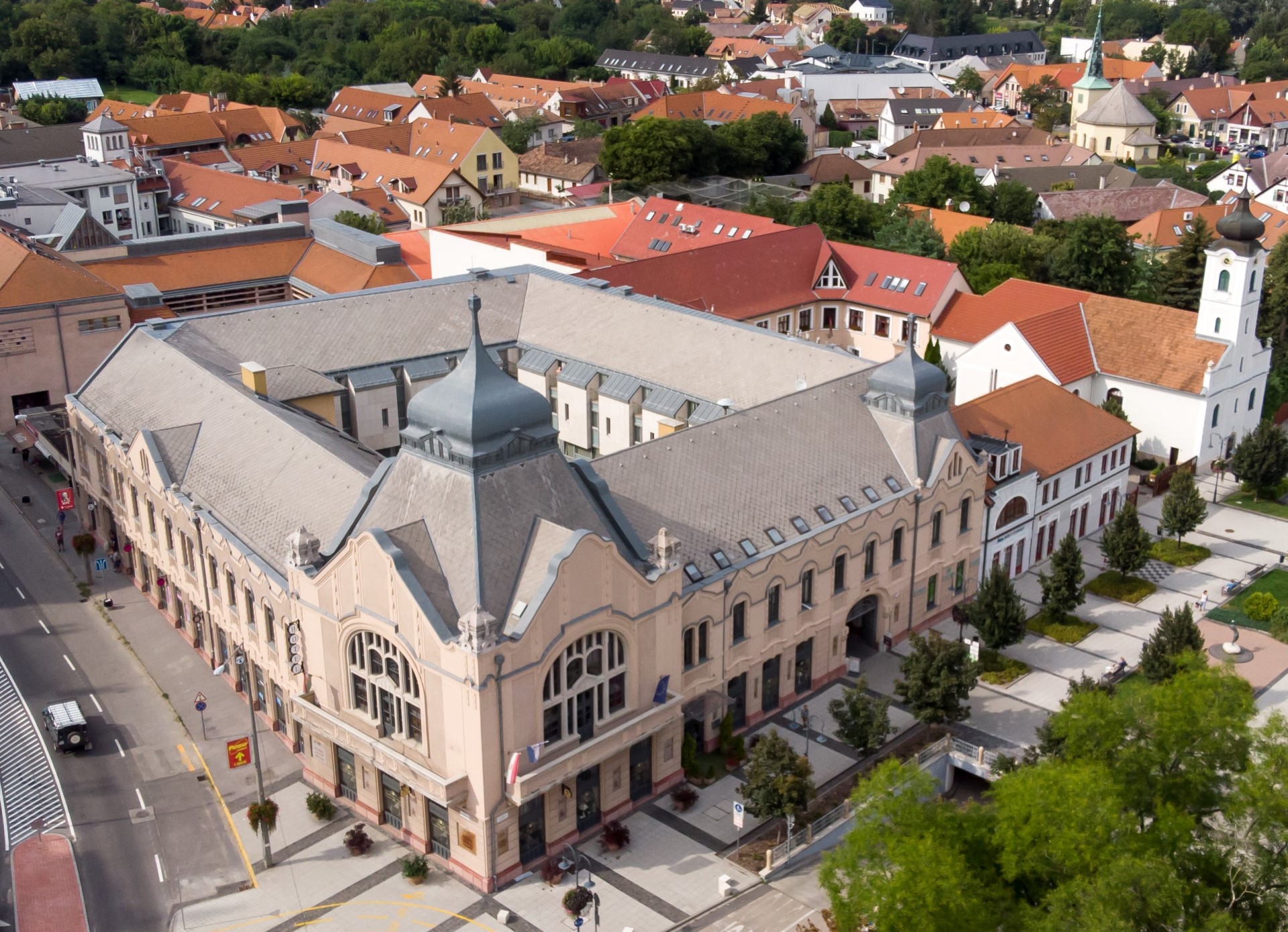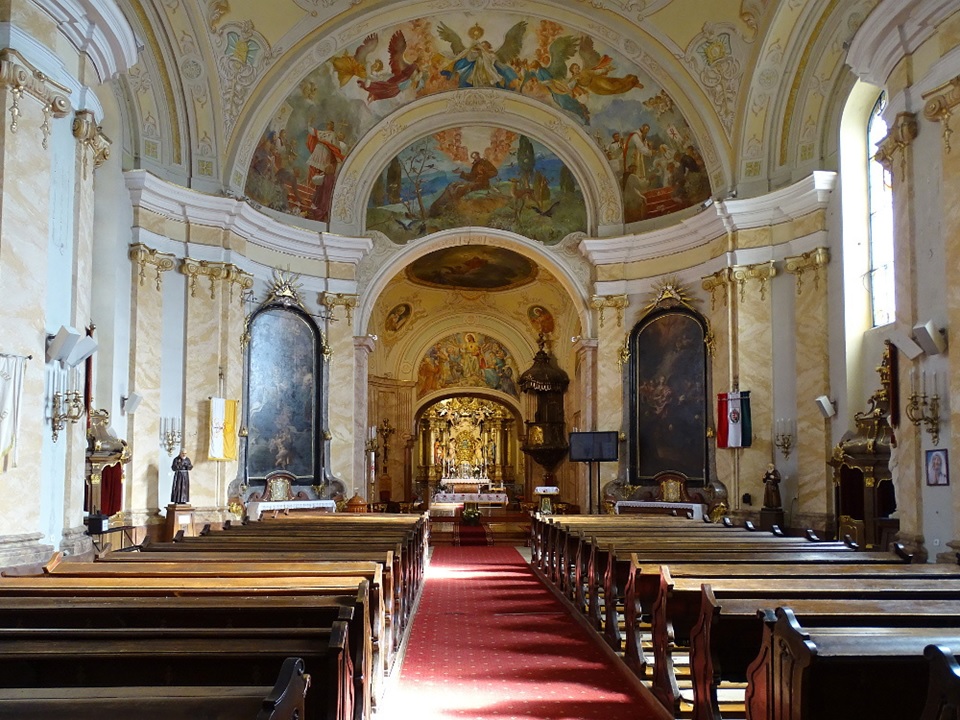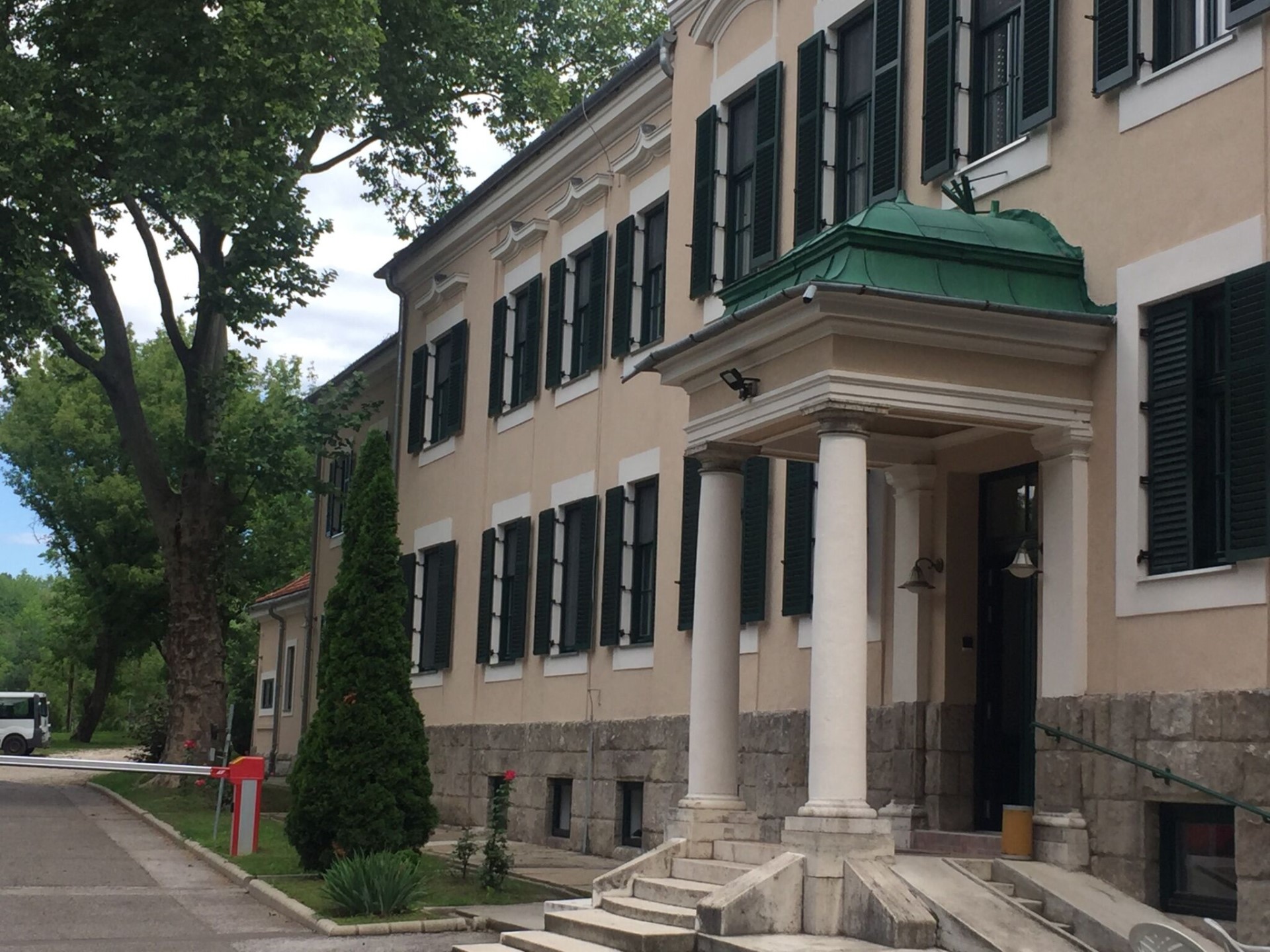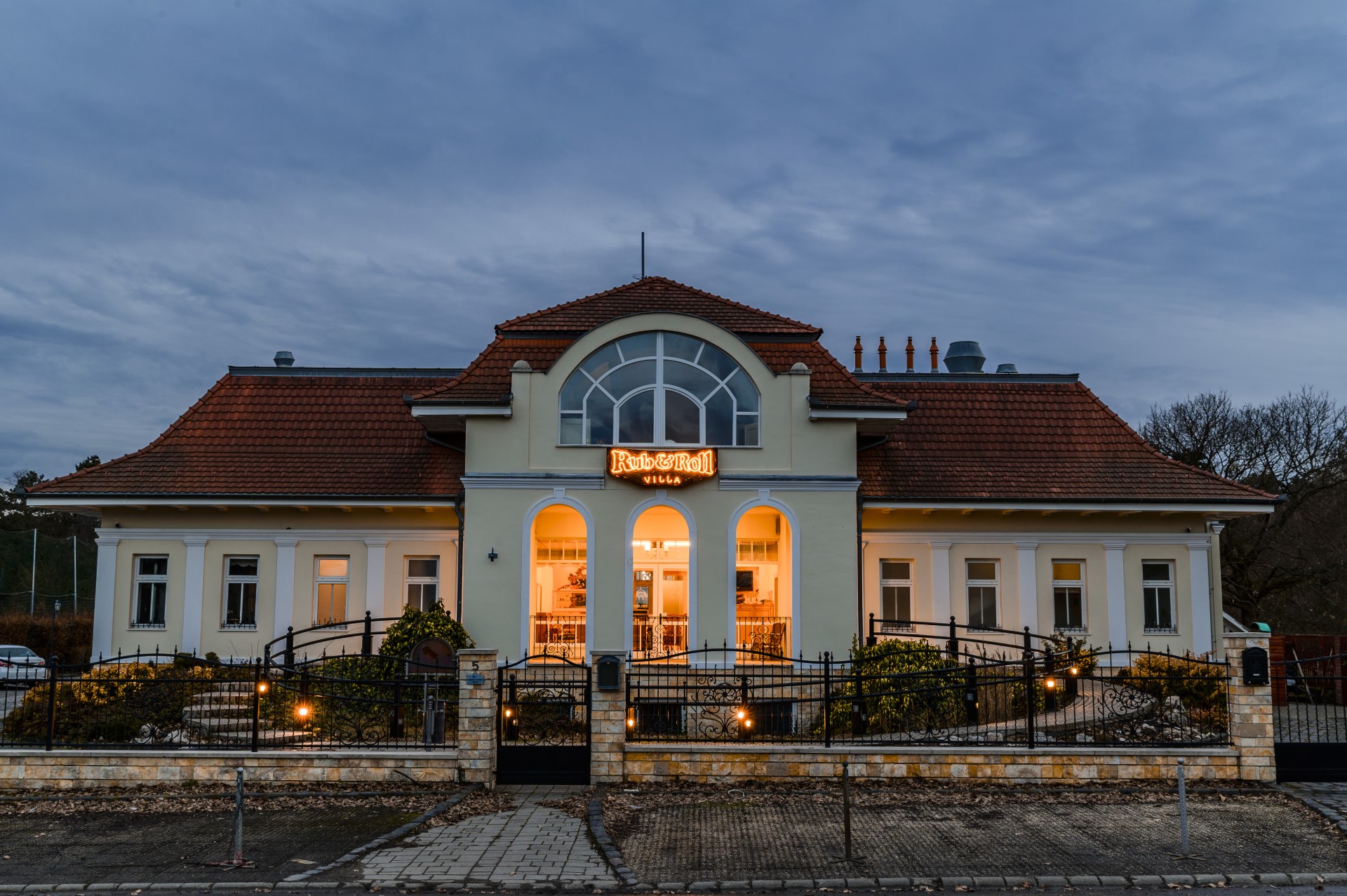The Gödöllő Royal Waiting Hall: A historic gem in Hungary, where royal elegance and grandeur still linger.
- Nyitvatartás
2024. február 1-től március 15-ig technikai szünetet tartunk, mely alatt épülünk, szépülünk, hogy újult erővel nyissuk meg kapunkat és fogadjuk visszatérő és új vendégeinket a 2024-es szezonban.
- Jegyárak
…………………….
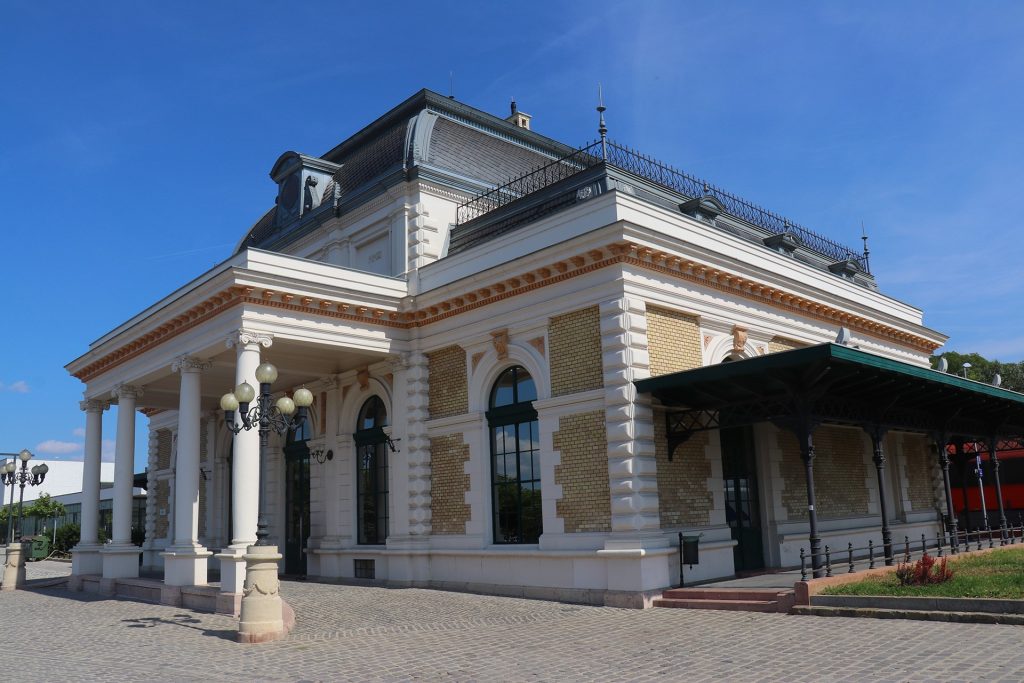
Description
The Royal Waiting Hall at the Gödöllő railway station
Traffic started on the railway line connecting Budapest and Hatvan in the spring of 1867. The Hungarian state gifted Francis Joseph and queen Elizabeth with the castle and demesne of Gödöllő on the occasion of their coronation in the same year and from that time on, the royal couple and their retinue would regularly travel by train to Gödöllő. In order for the king to be able to travel by train from Vienna directly to Budapest, they connected two lines in the vicinity of Kőbánya station creating the royal track called like this even today. The single-story building of the railway station of Gödöllő was inaugurated on the 2nd of April 1867 and came to be rebuilt later several times. That the personalities of royal highness had to wait was a problem straight from the beginning. “The cabin used for waiting-room was small and dirty with stifling air.” Therefore, they built in 1868 a temporary wooden court pavilion in Tyrolean style.
Train traffic started to grow from the eighteen seventies onwards. With the royal family frequently staying in Gödöllő, the settlement became a fashionable, trendy summer resort. Many people from Budapest came to spend the summer here, and they travelled mainly by train; moreover, they bought or rented houses near to the station, which resulted in a new summer resort district. It was common that a family was staying in its summer cottage of Gödöllő from summer till autumn, while the breadwinner husband commuted by train daily to his workplace in the capital. This situation made it imperative to expand the railway station building. In the year of 1874, they reconstructed it to be two-storey. Apart from the offices, they also put into shape waiting-rooms of first, second and third class, as well as a restaurant with ballroom. The stationmaster, two traffic managers, two cashier ladies, the keeper of the railway restaurant and the track-watchman dwelt in the station building. This building was now fit for attending on the common travellers' needs.
In 1882, it came to building up a new Royal Waiting-house in neo-Renaissance style. There are also Royal Waiting-rooms in Budapest Eastern and Western, but both of them are part of the station building, whereas in Gödöllő, they erected a separate building for this purpose. Otherwise, they put up a court tent occasionally for the king's travels whenever the station building was inappropriate for a royal welcome. The Royal Waiting Hall was under the administration of the royal castle. Although it was single-story, it was, because of the big height of the inner spaces and of the roof construction, as high as the one-time two-storey station building which stood nearby. Entrances from the rail-track and from the town determine the axis of the building. On the town side, there is a portico, a projecting roof held by four Ionic pillars, where the court coach used to wait for the royal family members arriving by train. The floor of the building is on a level with the platform, so that stairs had to be used only when getting on. A platform roof held by cast iron pillars goes round on the rail-track side and on the two lengths along both sides from where two side-entries open each side. Upon the arrival of the royal couple, a red carpet would be rolled out between the entrance of the building and the train. The way led from the train to the spacious central room called the Princely Waiting-room furnished – according to Ferenc Ripka's description – by easy-chairs and settees upholstered with wine-red silk. Queen Elizabeth's room was on the right side and that of Francis Joseph was on the left side. They placed a writing-desk, a Venetian mirror and a set of sitting furniture upholstered in olive-green into the king's room where the wall was covered with compressed silk carpet of the same colour. The queen's furniture was the same with the same difference in its colour, which was pale yellow. The train covered the distance of 21.3 miles between Pest and Gödöllő in 49 minutes according to a court schedule preserved from 1875. The Royal Waiting Hall was used between the two wars by Governor Miklós Horthy.
The German troops retreating in the end of World War II blew up the railway station building, which was completely destroyed. They also set on fire the coal stored in the cellar of the Royal Waiting Hall. As a consequence, the roof of the building burnt down; only the bare walls remained. They covered the Royal Waiting Hall with a flat roof in 1945. Thus, it became the station building meant for the issuing of tickets and for waiting, now open for the public. It has been declared historical monument in 1958. With the help of the Norwegian Fund, the Local Authority of Gödöllő Town renovated the Royal Waiting Hall in 2011 creating also a stand for museum exhibitions, a café and a centre of tourism.
You may also be interested in this
Hungaroring
Classical. This is what it has become over the past years, the race track of Hungaroring. It was built three
Queen Elizabeth Hotel*** Superior
The Erzsébet Királyné Hotel*** is located in the center of Gödöllő, near the Royal palace and only 30 minutes away
Basilica Minor Máriabesnyő
The famous Virgin Mary Shrine, Máriabesnyő’s unique element is in the Nagyboldogasszony Basilica, a two storied church with two statues
Mater Salvatoris House of Retreat
The Mater Salvatoris House of Retreat and Convention Centre is open every day of the year to guests seeking spiritual
Rub&Roll Villa
The Rub & Roll Villa is a fresh gastronomic and cultural highlight of the city of Gödöllő. American BBQ, juicy
Turisztikai Egyesület Gödöllő
- Gödöllői Királyi Kastély, Tourinform iroda
- godollo@tourinform.hu
- +36 70 550 0575 (H-P: 10.00-18.00)

